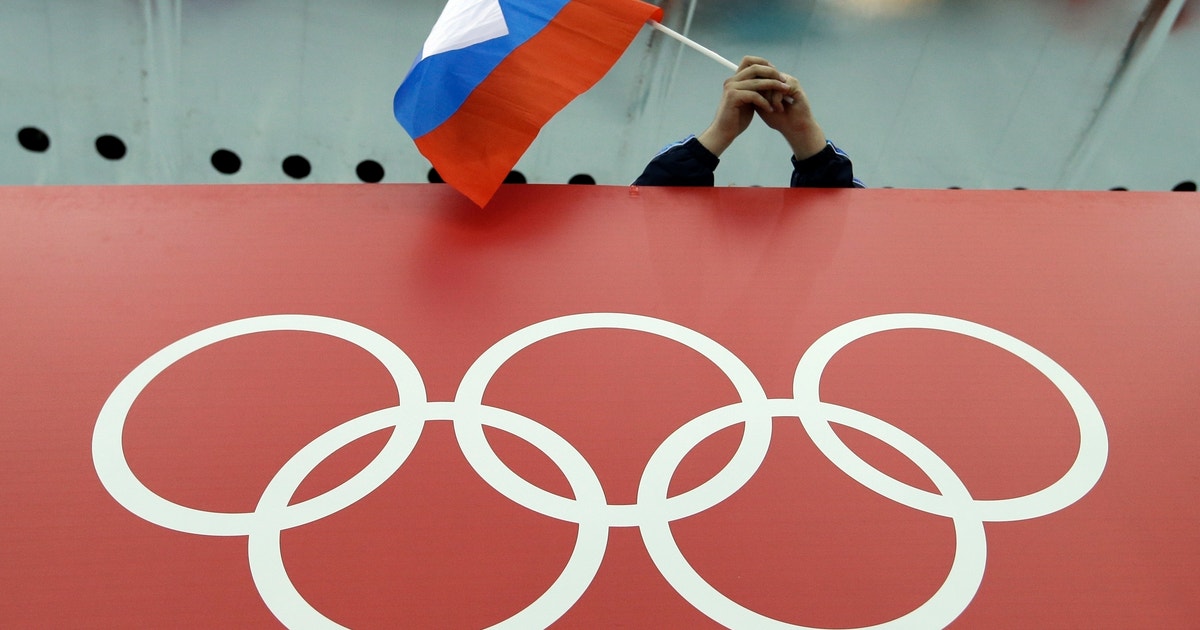IOC’s large role in anti-doping creates conflict of interest


KATOWICE, Poland (AP) — The idea made sense. Given the rampant amount of drug abuse in Olympic sports, the sports world needed a global watchdog.
But who would pay for that sort of operation? The International Olympic Committee decided it would split the bill with governments.
That’s how the World Anti-Doping Agency was created two decades ago.
Formed with good intentions, WADA finds itself at a crossroads as it celebrates its 20th anniversary at a conference this week in Poland. It’s an agency riven with conflicts of interest that have hindered its fight against drugs and exacerbated its 4-year-old struggle to hold Russia accountable for a massive doping scandal.
“One thing you can’t have is built-in interference,” said Edwin Moses, the Olympic champion hurdler who serves on WADA’s education committee and is also the former chairman of the U.S. Anti-Doping Committee. “You’ve got to cut your ties to everything.”
Because the IOC provides half of WADA’s annual $34.6 million budget, its members hold six of the 12 seats on its executive board. Representatives from the Olympic movement also hold half of the spots on the 38-person foundation board, which rubber stamps the legislation.
WADA’s president for the past six years, Craig Reedie, is an IOC member, soon to be replaced by Witold Banka, who also serves at Poland’s minister of sports.
Both connections — to the IOC and to governments — are conflicts of interest.
The IOC conflict came into full view in 2016, following WADA’s most muscular play for independence. WADA recommended a total ban of the Russian team for the Rio Olympics, after revelations that the Russian government had directed a doping scheme designed to help athletes cheat at the 2014 Sochi Winter Olympics and other major events.
Days later, the IOC, with Reedie sitting out the vote, rejected the recommendation.
It sent a chilling message: In the IOC’s view, WADA was more a service provider than a shaper of its policy, even in the drug-fighting area it had been formed to police.
“They decided Russia was too important to not be at the Olympic Games, instead of the other way around,” said Dick Pound, an IOC member who served as WADA’s first president and remains on its board.
Since then, WADA’s moves in the Russian saga have disappointed critics, who have called them too soft. Russia was technically banned from the 2018 Winter Olympics , although hundreds of “Olympic Athletes from Russia” competed. Russia was reinstated immediately after the games .
With less than a year remaining until the Tokyo Olympics, the case has been re-opened because of proof Russians manipulated data handed over as part of a deal that brought the nation back into compliance. Decisions on the punishment for that are due at meetings scheduled for Nov. 17 and Dec. 9.
“For the IOC to have such a stranglehold on WADA only ensures that WADA will do what it has done for the last three years, which is to capitulate at every turn,” said Jim Walden, the attorney who represents Russian whistleblower Grigory Rodchenkov.
The Russia case also illustrates the vulnerability of WADA’s close relationship to governments, which combine to provide the other half of its funding.
Though not the case in the United States, most Olympic teams are funded by their governments, and some of those governments have a deep interest in fielding good teams. That often conflicts with a beefed-up anti-doping regimen.
At around the same time WADA was formed, many countries started building their own independent anti-doping organizations, putting them in charge of testing inside their own borders.
WADA depends on these organizations to follow its rules. But many are cash-strapped while others, like Russia, are essentially arms of the government with a win-first agenda.
One consequence is the vast gap that exists between testing programs in various countries.
In 2017, for instance, the three countries who conducted the most tests — Germany, China and the United States — combined to collect more than 35,000 blood and urine samples. The bottom 29 countries on the list combined for 957.
No matter what the size, any organization looking to WADA for the boilerplate might be getting the wrong message.
“You can’t be the leading regulator and tell everyone else to be independent when you’re not,” said Rob Koehler, a former WADA executive who know leads Global Athlete, which seeks a louder voice for athletes in the Olympic world.
WADA has introduced major governance reforms, part of which are designed to give athletes a bigger say. He said defining “independence” for a global regulator such as WADA is a difficult task.
“Nobody, that I can remember, was demanding independence up until roughly December 2014 when we started to struggle with the Russia exercise,” Reedie said.
Pound doesn’t think independence means the decision-making structure must be completely stripped of insiders who have institutional knowledge.
“It’s a technical thing. You need some expertise to know what you’re talking about,” Pound said. “I always thought ‘independence’ was a frame of mind.”
Few, though, have been able to straddle the line between anti-doping and the trappings of an IOC life as well as Pound, who led one of the key investigations into Russian doping and has been a consistent critic of the IOC on doping-related issues.
While Tuesday’s conference included a number of pleas for more independence, any move for true change would almost certainly have to come with the blessing of the IOC.
President Thomas Bach used Tuesday’s event to announce the committee was pumping an additional $10 million into the drug-fighting cause . He challenged the governments to add $5 million, as well.
“The question they have to ask is whether they want to cede power and take a chance that democracy might do a better job,” John Fahey, a former WADA president, said of the IOC and governments. “I don’t expect anyone to be in a hurry to say ‘Yes.’ But it needs to happen.”








